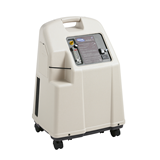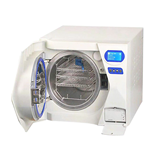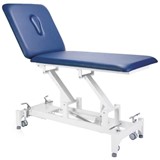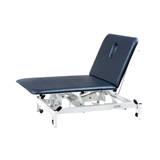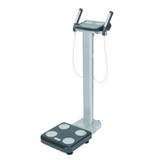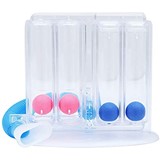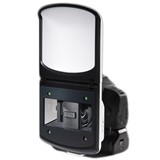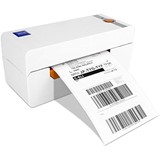Discover everything Australian clinics need to know about cryolipolysis machines—from pricing and TGA compliance to choosing the right device for your business. Maximise ROI with expert tips on fat-freezing technology and treatment safety.
Key takeaways
- Cryolipolysis machine prices in Australia range from $8,000 to $40,000+, depending on model, features, and certification.
- Demand for non-invasive fat-reduction procedures in Australia rose by 21% from 2020 to 2024 (ASAPS 2024 Report).
- TGA approval is mandatory for cryolipolysis devices used in professional settings.
- Generic cryolipolysis machines can reduce capital costs by up to 50% compared to branded alternatives, with comparable results if used correctly.
- Ideal applications vary: clinics may prefer premium machines with brand recognition; salons may favour mid-range or portable options.
- Return on investment (ROI) for most cryolipolysis systems is achievable within 3–6 months, depending on treatment pricing and client volume.
Introduction
Cryolipolysis has emerged as one of Australia’s most popular non-invasive body contouring technologies. Commonly referred to as “fat-freezing,” cryolipolysis allows aesthetic clinics, beauty salons, and wellness spas to offer clients visible fat reduction without surgery.
However, as the market becomes more competitive, choosing the right cryolipolysis machine—and understanding what makes one device more effective or compliant than another—is crucial. This buying guide unpacks what clinics need to know when sourcing cryolipolysis equipment in Australia, including compliance, pricing, machine types, and clinical application.
What is cryolipolysis?
Cryolipolysis is a non-invasive cosmetic procedure that reduces localised fat deposits by cooling fat cells to a temperature that triggers apoptosis (cell death) without harming skin or muscle tissue. The body gradually eliminates these dead fat cells over several weeks through the lymphatic system.
Benefits of cryolipolysis:
- No surgery, needles, or downtime
- Safe, clinically validated method of fat reduction
- Ideal for treating stubborn fat on the abdomen, thighs, arms, flanks, chin
- Results become visible within 8–12 weeks after treatment
According to the Australian Society of Cosmetic Dermatology, fat-freezing is now one of the top five non-invasive procedures offered by clinics.
How cryolipolysis machines work
Key process:
- Applicators use vacuum suction to draw fat into a chamber
- The fat is cooled to temperatures between -5°C and -11°C
- After 30–60 minutes, the area is massaged to restore circulation
- Treated fat cells die and are eliminated by the lymphatic system over time
Components of a quality machine:
- Multiple applicator sizes for different body areas
- Adjustable cooling levels for treatment control
- Skin temperature sensors for client safety
- User-friendly interface for ease of operation
Types of cryolipolysis machines available in Australia
1. Entry-level models (under $15,000)
- Compact and budget-friendly
- Ideal for salons or mobile beauty businesses
- Limited to 1–2 applicators
2. Mid-range models ($15,000–$25,000)
- Dual or quad applicators for simultaneous treatment
- Touchscreen interface and safety sensors
- Suitable for established beauty clinics and medispas
3. Premium models ($25,000–$40,000+)
- Upgraded ergonomic applicators and customisable protocols
- Intelligent temperature and suction control
- Often TGA-listed and used in medical or cosmetic practices
Choosing the right machine for your business
Medical clinics and cosmetic dermatology practices
- Best fit: TGA-listed premium machines with advanced safety features
- Patient expectations: Higher outcome standards and brand trust
- Training: Should include detailed clinical protocols
Beauty salons and day spas
- Best fit: Mid-range cryolipolysis machines with strong local support
- Client volume: High turnover of less invasive treatments
- Considerations: Value-for-money and quick ROI
Mobile aesthetic providers
- Best fit: Lightweight and portable units
- Needs: Ease of transport, lower power usage
- Note: TGA listing is still required if offering professional services
Must-have features in a cryolipolysis machine
When selecting a machine, prioritise the following:
- ARTG registration (TGA approval)
- Flexible temperature controls
- Adjustable suction intensity
- Multiple handpiece sizes
- Overheat protection and real-time monitoring
- Warranty (minimum 12 months)
- Access to supplier support and operator training
Compliance: What the TGA requires
The Therapeutic Goods Administration (TGA) regulates all medical devices in Australia, including cryolipolysis systems. Operating a non-approved device in a clinic is not only risky—it’s illegal.
TGA essentials:
- Machines must be listed on the ARTG with a valid registration number
- Clinics must ensure suppliers provide compliance documentation
- All operators should receive training in client safety screening, especially for contraindications such as:
- Cold agglutinin disease
- Cryoglobulinaemia
- Paroxysmal cold haemoglobinuria
You can verify compliance at www.tga.gov.au/australian-register-therapeutic-goods
Cryolipolysis treatment pricing and profitability
Typical session fees in Australia:
- $400–$800 per area, per session
- 2–3 sessions generally required per client
Cost breakdown:
- Consumables: $20–$100 per session
- Staff: $50–$100 hourly wage
- Equipment running costs: Minimal
Profit margin example:
- Average session charge: $500
- Costs: $120
- Profit: $380 per session
A busy clinic completing 10 sessions per week could generate $3,000–$4,000 in weekly margin, achieving full ROI within 3–6 months.
Financing and leasing options
Equipment finance is available through:
- Chattel mortgages: Ideal for asset-heavy businesses
- Low-doc loans: For sole traders and small businesses with turnover history
- Operating leases: Spread costs and preserve working capital
Check with lenders about eligibility for temporary full expensing under Australian tax law.
FAQs: Cryolipolysis in Australian clinics
Is cryolipolysis safe?
Yes, when performed using a TGA-approved machine by trained operators. Temporary side effects may include swelling, numbness, and redness.
How do I check if a cryolipolysis machine is TGA listed?
Visit the ARTG database and search by device name or manufacturer.
Can beauty salons legally offer cryolipolysis?
Yes, if the device is TGA-approved and the operator is appropriately trained. Check with your state’s health and safety regulations.
What kind of training is required?
Many suppliers offer in-person or online training. It should cover:
- Client screening
- Machine handling
- Post-care instructions
- Emergency protocols
Do all machines require consumables?
Not all. Some generic models use reusable gel pads or applicators, while others—especially branded systems—require ongoing proprietary consumables.
Conclusion
Cryolipolysis represents a high-growth opportunity for Australian clinics, salons, and mobile providers. Whether you're launching a new aesthetic service or scaling your existing menu, choosing the right cryolipolysis machine is vital to delivering results, remaining compliant, and achieving strong ROI.
By focusing on TGA compliance, machine functionality, and business fit, you can confidently offer a treatment that aligns with client expectations and industry standards.
For clinics seeking both safety and scalability, investing in a reliable cryolipolysis device is not just a purchase—it’s a pathway to profit and patient satisfaction.
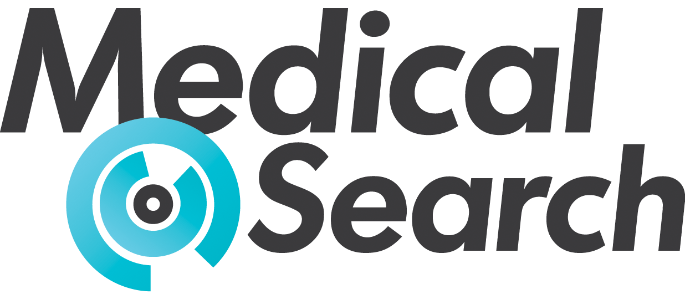





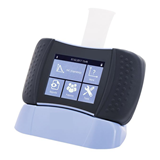
-160x160-state_article-rel-cat.png)


